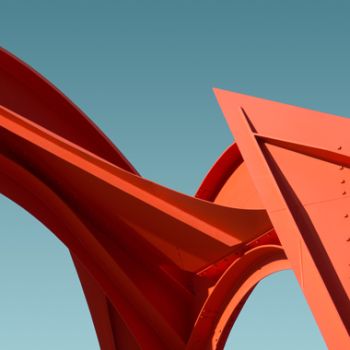What city would you rather drive: Brisbane or Melbourne? You will probably prefer Melbourne, because the city is laid out in a grid with logical street names. On the other hand, Brisbane is not. The same things that make a city easier to drive also applies to websites. If a website has unclear, complicated and unpredictable navigation, the site is not going to become popular and/or succeed in marketing the business. Plan the structure of the website’s navigation system carefully, so that you have a great foundation for success.
1. Keep it simple. Designing an elaborate navigation is not going to impress the site’s visitors. It’s only going to make it harder for them to find what they are looking for or browse the site.
2. Create a clear navigation bar. The navigation bar is a website visitor’s best friend. Without one, they do not know where on the website they are or what they can find on the site. The navigation bar should be always placed it in clear, logical and predicable spot.
3. Use one or two word links. For example, about us, home, blog, store, and services are all acceptable and well-used terms to indicate the content of the pages.
4. Keep all navigation up-to-date. Ensure you do not have broken links.
5. Avoid overdoing it. A website’s navigation system should also be easy to use and clear. When a website tries too hard to make the navigation system unique, the system breaks down. Put creativity to use on other aspects of the website. Set up the navigation system the same on all pages. Don’t put the navigation system on the top on the homepage , then put the nav bar on the bottom for the services page. This will confuse the site’s visitors and turn them off. Keep the navigation consistent.
Always remember that the website navigation is critical for user experience. When the navigation system is carefully planned, predictable and clearly labeled, people can find their way around easier. An intuitive navigation system is central to a successful website.







